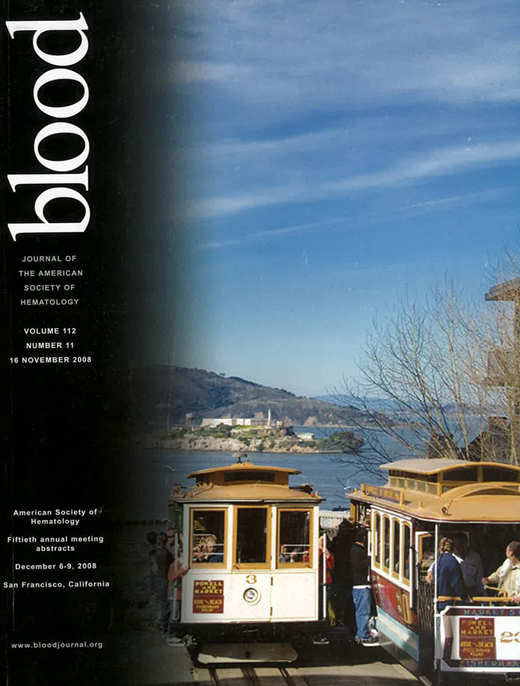Abstract
A number of clinical and biological prognostic factors are currently used for B-cell precursor Acute Lymphoblastic Leukemia (BCP-ALL) patient risk stratification into (standard risk) SR, (medium risk) MR and (high risk) HR treatment protocols. In spite of careful stratification patients stratified in the same risk class may respond differently to therapy suggestive of a need for additional prognostic markers in BCP-ALL. Here we analyzed gene expression profiles (GEP) of BCP-ALL patients at diagnosis in search for correlations with the diverse responses to therapy among these patients. We specifically searched for expression signatures that predict relapse or the absence of relapse in BCP-ALL. Among BCP-ALL 50% of patients are characterized by recurrent genomic aberrations that are strong indicators for risk stratification of which BCR/ABL and MLL rearrangements have a HR to relapse; TEL/AML1 and hyperdiploid have a standard risk to relapse. BCPALL patients without these aberrations form a heterogeneous risk group in which new prognostic markers will be very important to help stratify these patients. A GEP data set of 86 BCP-ALL patients (47 males; 39 females) without known aberrations was obtained using Affymetrix HG-U133Plus2.0 arrays that were analyzed using Partek and R software packages. Patients were treated according to AIEOP ALL 2000 protocols. Nine out of 86 patients relapsed of which 6 within 24 months; the minimum follow-up time was 24 months. For each probe set the variance among patients was computed and 10 % of the probe sets with the major variance were selected for further analysis. Unsupervised hierarchical cluster analysis separated patients in two groups: one group of 19 patients that were all in complete remission (CR) and a second group of 67 patients in which all patients that eventually relapsed (14%) and CR patients (86%) cluster together. The median follow-up time in the first group of patients was 40 months and the median patient age at diagnosis was 7 years. In the second group median follow-up was 29 months and median patient age at diagnosis was 5.5 years. The separation of patients into two groups was not related to risk group (SR, MR or HR), gender, age or response to induction therapy. A t-test (multiplicity corrections were adopted to control for false positives) was used to find probe sets that were differentially expressed between the two groups. Functional evaluation of the top 200 probe sets of this analysis established 3 major biological categories according to the GO database and revealed differential expression of genes involved in cell adhesion, signal transduction and immune response. We identified a subtype of patients with a gene expression signature that is correlated with excellent prognosis using GEP analysis on BCP-ALL patients that present no recurrent known genomic aberrancies. The signature of excellent prognosis involves about 20% of BCP-ALL patients without common genotypic aberrations and 8% of all BCP-ALL patients and is independent of currently applied prognostic risk factors.
Disclosures: No relevant conflicts of interest to declare.
Author notes
Corresponding author

